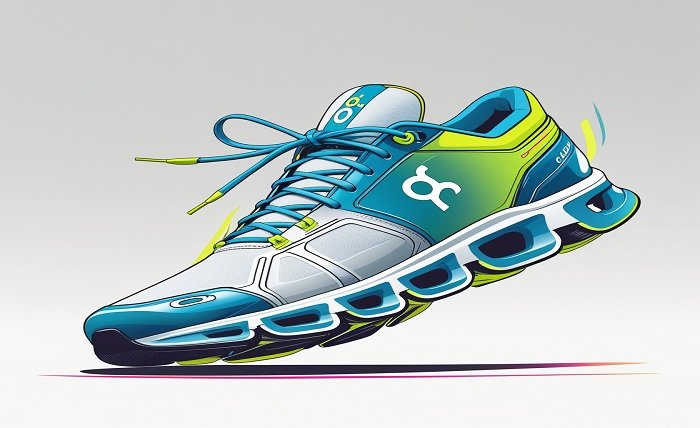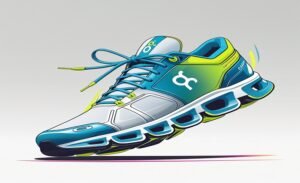Table of Contents
ToggleIntroduction
The 1980s were a decade marked by excess, invention, and change. With the advent of MTV, new wave music, and varied fashion, a subculture that stood in stark contrast to the exuberance of the mainstream formed. Goth fashion stood out as a rebellious assertion of individualism, distinguished by its dark colors and enigmatic appeal. The gothic style of the 80s goth fashion, which emerged from post-punk music and was influenced by horror movies and gothic literature, gave a distinctive look that was popular and still has an impact on fashion today.
The Goth Subculture’s beginnings
Going back to the post-punk music scene of the late 1970s and early 1980s, the goth subculture had its start. Bands like The Sisters of Mercy, Siouxsie and the Banshees, and Bauhaus started to develop an ambient, contemplative sound with eerie lyrics and dark, melancholy tones.
Famous People and Influencers
The 80s goth movement was defined and popularized by a few important individuals. With her dramatic makeup and gothic clothing, Siouxsie Sioux, the captivating frontwoman of Siouxsie and the Banshees, was a prominent fashion icon who set trends with her high-collared shirts and stunning looks.
Essentials of Goth Fashion in the 1980s
The color black was the epitome of the 80s goth style, a potent representation of the concepts of introspection and darkness in the subculture. This monochrome design was a protest against the era’s vivid, gaudy hues as well as a flexible foundation for a variety of gothic aesthetics.
Fabrics and Materials
The unique style of 80s goth fashion was largely influenced by the materials and fabrics utilized in its creation. Leather was a must-have because it represented rebellion and offered a rugged, edgy contrast to the softer textiles. Velvet was frequently used in dresses and jackets to lend a sense of luxury because of its luxurious appearance and rich texture.
Hairstyles and Cosmetics
The dramatic and enigmatic attraction of the subculture was further enhanced by goth haircuts and makeup, which were crucial elements of the 80s goth fashion look. A ghostly complexion was achieved by using a pale foundation, which contrasted sharply with the deep, dark makeup on the lips and eyelids.
Trends in Footwear
The whole style of 80s goth fashion was greatly influenced by the footwear chosen. Combat boots gained popularity among goths due to their rebellious and utilitarian edge, as well as their robust construction and brutal appearance. Platform boots, which are frequently embellished with buckles or spikes, gave the ensemble height and a more dramatic flare.
Jewelry and Accessory
Accessories and jewelry gave goth outfits depth and individuality and were essential to finishing the 80s goth fashion. Belts with spikes and studs were popular, adding to the rebellious, edgy vibe of the look. Gothic jewelry, such as silver pieces with bats, crosses, and other occult symbols, was a major component of the subculture’s expression of themes and interests.
Conclusion
With its peculiar fusion of dark, romantic, and rebellious aspects, 80s goth fashion is a singular and enduring chapter in the history of style. The goth style of the 1980s has had a lasting influence on culture, from its roots in the post-punk music scene to its influence on modern design.
FAQ
What distinguishing features of 80s goth fashion are there?
Black clothing, Victorian and medieval motifs, dramatic layering, and a focus on gloomy, melancholy aesthetics are characteristics that characterize 80s goth fashion. Materials like velvet and leather are used in the look, along with hairstyles and makeup that accentuate its rebellious and enigmatic quality.
What impact did goth attire have on 1980s music?
80s goth fashion music’s eerie, atmospheric tones influenced both fashion and vice versa, making goth fashion and music closely related. Through their music and style, bands like Bauhaus and The Cure contributed to the definition of the goth aesthetic, forming a significant and unified subculture.
What kinds of fabrics were popular for goth apparel in the 1980s?
Goth fashion during the 80s goth fashion frequently featured materials like leather, velvet, lace, and fishnet. These textiles combined aspects of roughness with romantic and ethereal features, giving the style a dramatic and edgy appearance.








